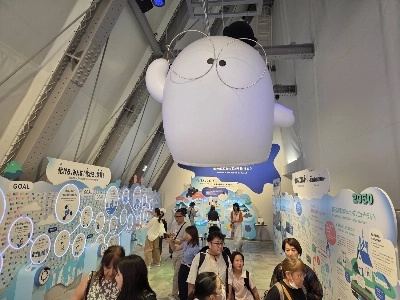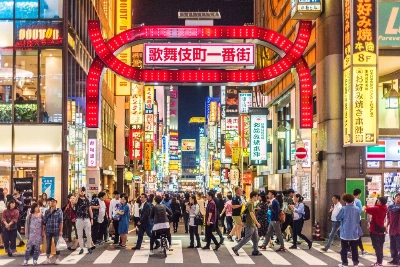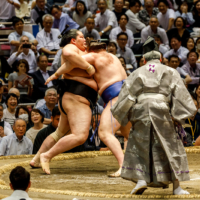In the heart of eastern Hokkaido’s Akan-Mashu National Park, steam rises from a narrow river as it cuts through Kawayu Onsen, a hot spring town slowly fading into the forest.
Located just off the shore of Lake Kussharo and the caldera born from a volcanic explosion 30,000 years ago, Kawayu sits atop the same geothermal furnace still burning below, feeding the onsen (hot springs) that define the town. Standing 512 meters tall at the edge of town, Mount Io is famous for hissing liquid sulfur into the air, and its name in the Ainu language, Atosa-Nupuri (“naked mountain”), hints at the effect of this volcanic activity: Almost nothing grows here except Japanese stone pines, hunched and stubborn, their growth stunted by acidic soil and scorched rock.
The stone pines are a mirror of the town itself: Since its population peaked at over 13,000 in 1960 (according to figures from Kawayu’s wider municipality), the town stands half-abandoned with just 6,000 residents today, steam curling past the decay and silence settling where crowds once flowed.
















With your current subscription plan you can comment on stories. However, before writing your first comment, please create a display name in the Profile section of your subscriber account page.